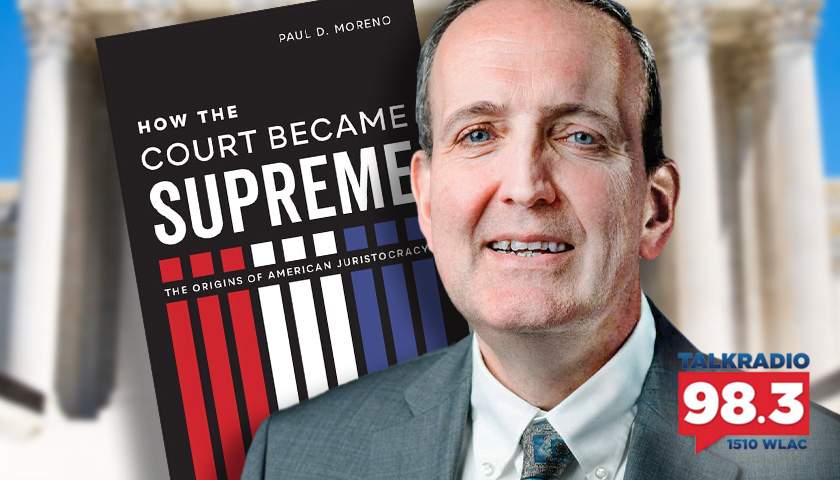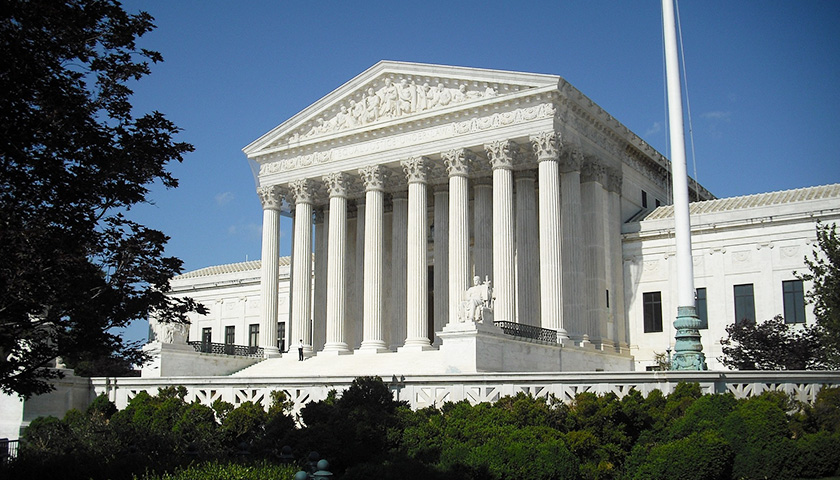Connecticut Governor Ned Lamont on Wednesday announced a slew of new judicial nominations, including one to fill a future vacancy on the state’s Supreme Court.
In total, Lamont nominated 13 individuals to the judicial branch, ranging from the Supreme Court seat to the Connecticut Superior Court.
For the Supreme Court position, Lamont nominated Joan K. Alexander, which is his second nomination to the highest court. According to the release from the governor’s office, Alexander served as a judge of the Superior Court since 2000. Furthermore, she was chief administrative judge for the Connecticut Judicial Branch’s Criminal Division.
The vacancy was created when Justice Christine E. Keller took senior status earlier this year. Connecticut rules require a justice to resign on or before their 70th birthday.
Furthermore, Judge Hope C. Seeley was nominated to be a judge on the Connecticut Appellate Court. Like Alexander, she has served on the Superior Court. Prior to that, she worked as a criminal trial judge.
“Selecting nominees to fill vacancies on our courts is one of the most important tasks a governor is required to do, and it is an honor to have the opportunity to elevate these two talented judges to the Supreme and Appellate Courts,” Governor Lamont said. “Judge Alexander has more than two decades of experience on the bench and is an incredibly respected member of Connecticut’s legal community. Likewise, Judge Seeley has an impressive career handling criminal cases and will be an excellent addition to the Appellate Court.”
11 individuals were selected for open positions on the Superior Court.
All judicial nominations must be approved by the state legislature in order to serve in the role. According to Lamont, there are 60 open judicial positions throughout the state. In addition to the 11, the governor previously nominated 22 individuals.
— — —
Cooper Moran is a reporter for The Connecticut Star and The Star News Network. Email tips to [email protected].
Photo “Ned Lamont” by Ned Lamont. Background Photo “Connecticut Supreme Court” by John Phelan. CC BY 3.0.





